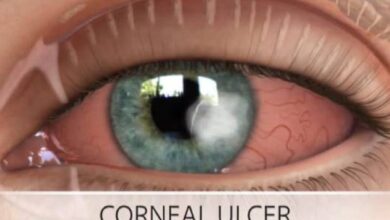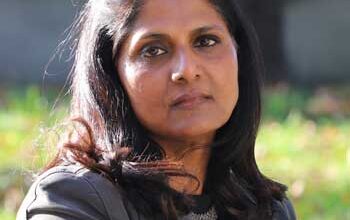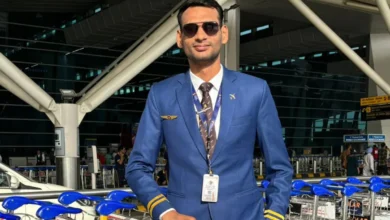Spanish artist to marry AI-generated hologram
Framis has named her digital partner AILex, a middle-aged male AI-generated hologram with slightly complex logistics, created using profiles of her previous partners
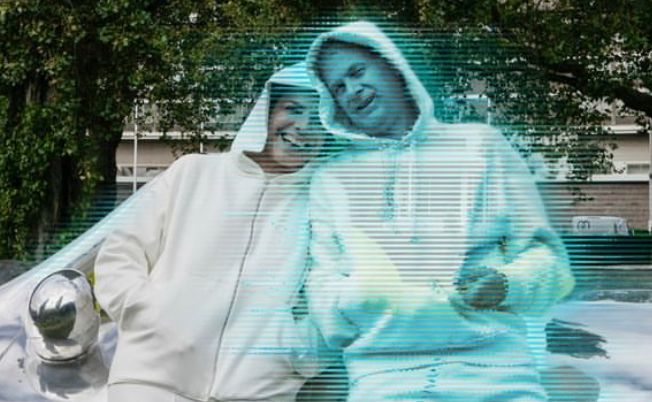
In a groundbreaking move that blurs the lines between science fiction and reality, Spain-based performing artist Alicia Framis is set to make history by marrying an AI-generated hologram. This unprecedented union challenges societal norms and marks a potential turning point for the future of relationships and marriages. Framis has named her digital partner AILex, a middle-aged male hologram with slightly complex logistics, created using profiles of her previous partners.
Alicia Framis, known for her avant-garde projects, frames this union not as a romantic endeavor but as part of her latest project, “Hybrid Couple.” The project aims to explore the boundaries of love, intimacy, and identity in the age of artificial intelligence. Framis envisions an artistic documentary that delves into the integration of the hologram into her daily life, incorporating drawings, interviews with other women, and sketches depicting various aspects of her unconventional relationship.
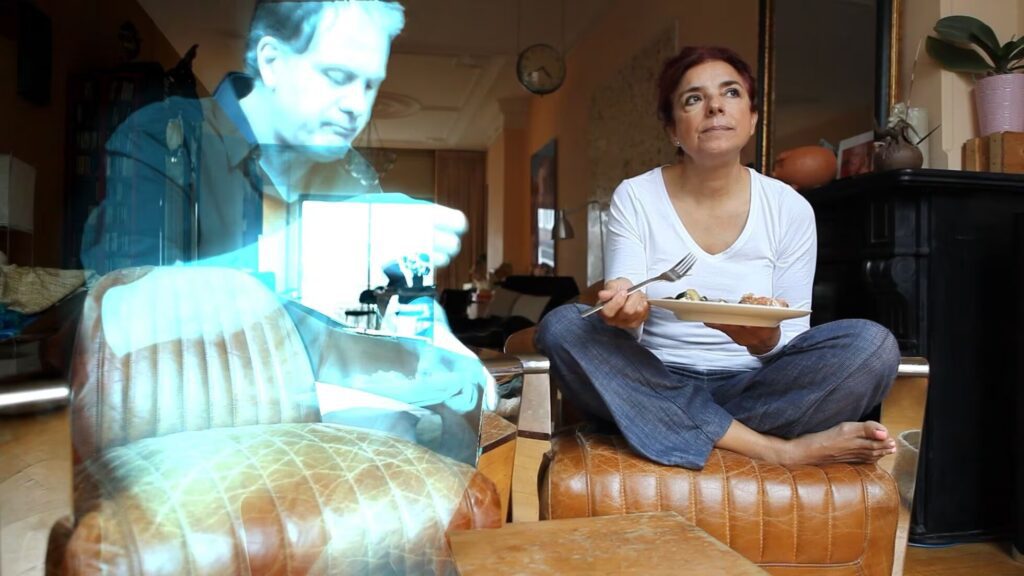
The wedding ceremony is scheduled for the summer of 2024 in Rotterdam, where Framis will become the first woman to marry an AI-generated digital entity. The artist has already taken concrete steps towards this unconventional marriage, booking a venue and designing her wedding dress. Photos shared on her Instagram account showcase day-to-day activities with AILex, such as cooking and dining, providing a glimpse into what life with a holographic partner might entail.
Framis emphasizes that the union is not confined to the realm of art but serves as a commentary on the evolving nature of human-technology relationships. As personalized entities become more prevalent in various aspects of life, from OTT platforms to email services, the prospect of creating partners from scratch using advanced technologies may gain traction.
Speaking about the broader implications of such unions, Framis notes that relationships with AI and holograms could offer companionship and empathy, particularly for individuals facing loneliness or the challenges of replacing a deceased spouse. Drawing from a personal example, she highlights the case of a widow who finds solace in the companionship of AI and human-like entities.
Framis’ project echoes themes explored in the popular sci-fi series Black Mirror, particularly the “Be Right Back” episode, where a woman seeks to recreate her deceased husband using advanced technology. The convergence of technology and human relationships is further exemplified by a recent real-life case in Russia, where a man utilized an AI-bot, ChatGPT, to match with over 5000 women on Tinder, ultimately finding a romantic connection.
The artist contends that the concept of love and intimacy with robots and holograms is not a distant fantasy but an inevitable reality. She suggests that these interactive presences in our homes can be more than companions; they can fill emotional voids and provide meaningful connections, much like smartphones have transformed the way we communicate and combat loneliness.
As the boundaries between human and machine continue to blur, Framis’ avant-garde marriage ceremony serves as a testament to the evolving landscape of relationships in the digital age. While some may view this union as a speculative venture, it undeniably sparks discussions about the potential future where AI and human-robot relationships become more prevalent, challenging societal norms and reshaping the way we perceive love and companionship.
In a groundbreaking move that blurs the lines between science fiction and reality, Spain-based performing artist Alicia Framis is set to make history by marrying an AI-generated hologram. This unprecedented union challenges societal norms and marks a potential turning point for the future of relationships and marriages. Framis has named her digital partner AILex, a middle-aged male hologram with slightly complex logistics, created using profiles of her previous partners.
Alicia Framis, known for her avant-garde projects, frames this union not as a romantic endeavor but as part of her latest project, “Hybrid Couple.” The project aims to explore the boundaries of love, intimacy, and identity in the age of artificial intelligence. Framis envisions an artistic documentary that delves into the integration of the hologram into her daily life, incorporating drawings, interviews with other women, and sketches depicting various aspects of her unconventional relationship.
The wedding ceremony is scheduled for the summer of 2024 in Rotterdam, where Framis will become the first woman to marry an AI-generated digital entity. The artist has already taken concrete steps towards this unconventional marriage, booking a venue and designing her wedding dress. Photos shared on her Instagram account showcase day-to-day activities with AILex, such as cooking and dining, providing a glimpse into what life with a holographic partner might entail.
Framis emphasizes that the union is not confined to the realm of art but serves as a commentary on the evolving nature of human-technology relationships. As personalized entities become more prevalent in various aspects of life, from OTT platforms to email services, the prospect of creating partners from scratch using advanced technologies may gain traction.
Speaking about the broader implications of such unions, Framis notes that relationships with AI and holograms could offer companionship and empathy, particularly for individuals facing loneliness or the challenges of replacing a deceased spouse. Drawing from a personal example, she highlights the case of a widow who finds solace in the companionship of AI and human-like entities.
Framis’ project echoes themes explored in the popular sci-fi series Black Mirror, particularly the “Be Right Back” episode, where a woman seeks to recreate her deceased husband using advanced technology. The convergence of technology and human relationships is further exemplified by a recent real-life case in Russia, where a man utilized an AI-bot, ChatGPT, to match with over 5000 women on Tinder, ultimately finding a romantic connection.
The artist contends that the concept of love and intimacy with robots and holograms is not a distant fantasy but an inevitable reality. She suggests that these interactive presences in our homes can be more than companions; they can fill emotional voids and provide meaningful connections, much like smartphones have transformed the way we communicate and combat loneliness.
As the boundaries between human and machine continue to blur, Framis’ avant-garde marriage ceremony serves as a testament to the evolving landscape of relationships in the digital age. While some may view this union as a speculative venture, it undeniably sparks discussions about the potential future where AI and human-robot relationships become more prevalent, challenging societal norms and reshaping the way we perceive love and companionship.
You might also be interested in – Apple acquires more than 30 AI startups, surpasses Google and Meta in its purchasing frenzy

